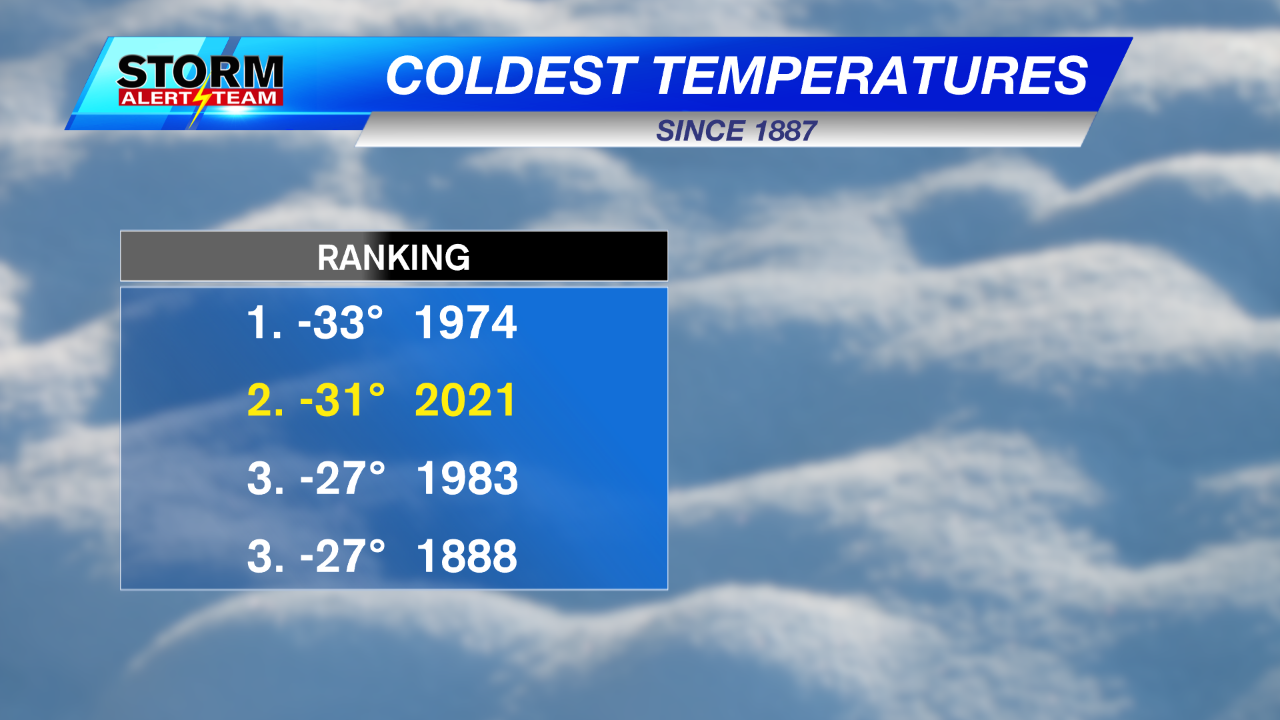

In the city, the population was spread out, with 20.6% under the age of 18, 4.5% from 18 to 24, 21.8% from 25 to 44, 23.6% from 45 to 64, and 29.5% who were 65 years of age or older. The average household size was 2.07 and the average family size was 2.72.

37.3% of all households were made up of individuals, and 19.6% had someone living alone who was 65 years of age or older.

There were 413 households, out of which 23.2% had children under the age of 18 living with them, 49.2% were married couples living together, 7.5% had a female householder with no husband present, and 39.7% were non-families. Hispanic or Latino of any race were 1.92% of the population. The racial makeup of the city was 99.44% White, 0.11% Native American, 0.11% Asian, and 0.34% from two or more races. There were 489 housing units at an average density of 726.0 per square mile (281.8/km 2). The population density was 1,316.8 people per square mile (511.2/km 2). The gender makeup of the city was 48.4% male and 51.6% female.Īs of the census of 2000, there were 887 people, 413 households, and 249 families residing in the city. 21.9% of residents were under the age of 18 5.8% were between the ages of 18 and 24 19.7% were from 25 to 44 25.4% were from 45 to 64 and 27.4% were 65 years of age or older. The median age in the city was 47.5 years. The average household size was 2.13 and the average family size was 2.82. 39.0% of all households were made up of individuals, and 22% had someone living alone who was 65 years of age or older. There were 400 households, of which 25.0% had children under the age of 18 living with them, 45.0% were married couples living together, 8.3% had a female householder with no husband present, 4.0% had a male householder with no wife present, and 42.8% were non-families. Hispanic or Latino of any race were 4.2% of the population. The racial makeup of the city was 97.1% White, 0.1% African American, 0.3% Native American, 0.7% from other races, and 1.8% from two or more races. There were 490 housing units at an average density of 731.3 per square mile (282.4/km 2). The population density was 1,319.4 inhabitants per square mile (509.4/km 2). Demographics Historical populationĪs of the census of 2010, there were 884 people, 400 households, and 229 families residing in the city. On April 26th, 1938, an estimated F5 tornado struck near the city, disintegrating a school, killing 3 children, the tornado also destroyed two farms. The railroad was extended to Oshkosh in 1908, and Oshkosh was designated county seat in 1909 of the new Garden County.

The first post office in Oshkosh was established in 1889. It was named after the city of Oshkosh, Wisconsin. I’m sure you got one hail of a problem! We’re the Hail Specialists and we are a nationwide provider of auto hail damage repair services serving locations in Denver, Colorado Houston, Huntsville, Katy, and San Antonio, Texas.Oshkosh was founded in the 1880s by cattlemen who found the surrounding area ideal for livestock grazing. So if you live anywhere near this state, YOU need to call us. Lastly, the worst hailstorm that ever hit the state was the storm of 2012 in Lincoln, costing $36.1 million in property damage. In fact, there were a total of 821 hailstorms recorded just from 2009 to 2018. In addition, Nebraska has always been consistent in the top states with the number of major hail events. Thunderstorms average 45 to 50 days in the year, and a large percentage of rainfall occurs during the storms. Moreover, Nebraska lies in the Tornado Alley of the United States that sees thunderstorms and tornadoes mainly in the spring and summer. While July, on the other hand, is usually the hottest month with the average high temperatures between 86☏ to 91☏. In addition, January is by far the coldest and snowiest month of the year in Nebraska, with the mercury column sliding rapidly towards the bottom. It has an average temperature of 48.8☏ (9.3☌). Nebraska, also known as the Cornhusker State, has a current population of about 1.9 million, making it the 38th most populous state in the US.


 0 kommentar(er)
0 kommentar(er)
